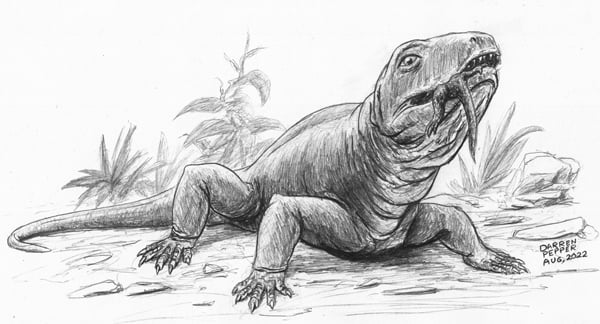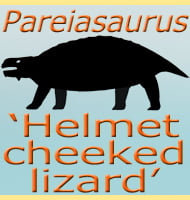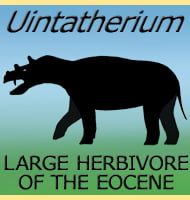In Depth
Easily one of the more common pelycosaurs in Europe, Haptodus was also one of the earliest with the first species appearing in the late Carboniferous period. Earlier species that appeared in the Carboniferous such as H. garnettensis were smaller at about seventy centimetres in length and were probably insectivores. By the early Permian however, species such as H. baylei were growing twice as big and probably incorporated small vertebrates into their diets as well. However, in recent years there have been some doubts to the validity of some of the species, which might result in some re-naming in the future.
Further Reading
- Lower Permian Pelycosaurs from the English Midlands. - Palaeontology 17(3):541-552. - R. L. Paton - 1974. - A New Haptodontine Sphenacodont (Reptilia: Pelycosauria) from the Upper Pennsylvanian of North America. - Journal of Paleontology 51(5):927-942. - P. Currie - 1977. – Anatomy and relationships of Haptodus garnettensis, a Pennsylvanian synapsid from Kansas. – Journal of Vertebrate Paleontology. 13 (2): 200–229. – M. Laurin – 1993.










